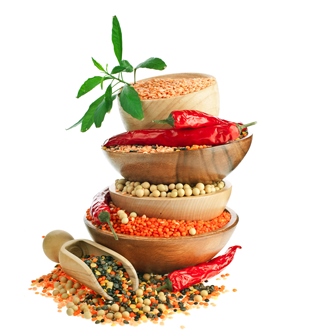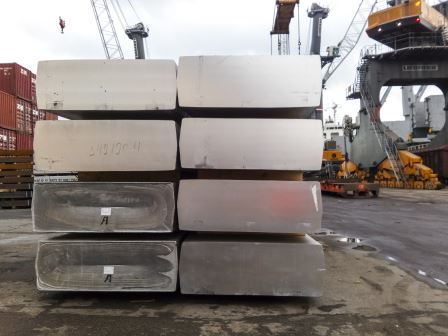 Commodity futures market in India have a long history. Futures trading in commodities has been in existence in the country with organised trading in cotton through the establishment of Cotton Trade Association in 1875. Since then a series of commodities were traded in the futures market, but trading through exchanges was actively encouraged only since last decade. Still, exponential growth were witnessed in commodity market after setting of national level commodity exchanges.
Commodity futures market in India have a long history. Futures trading in commodities has been in existence in the country with organised trading in cotton through the establishment of Cotton Trade Association in 1875. Since then a series of commodities were traded in the futures market, but trading through exchanges was actively encouraged only since last decade. Still, exponential growth were witnessed in commodity market after setting of national level commodity exchanges.
Currently, there are three major national level commodity exchanges offering trading in commodity derivatives. They are Multi Commodity Exchange of India (MCX), National Commodities and Derivatives Exchange (NCDEX) and National Multi Commodity Exchange of India (NMCE). Among these exchanges, MCX claims the primary position in respect to the volume being traded.
About 50 commodities are available for trading collectively through these exchanges. Commodities are normally segmented as Precious metals – gold and silver, Energy complex – crude oil and natural gas, Base metals – copper, nickel, zinc, lead and aluminum and Agriculture commodities. While a number of agricultural commodities are available through exchanges, the most active ones are soybean, soy oil, crude palm oil, rape mustard seed, chana, maize, wheat, cumin (jeera), turmeric, guar seed, guargum, rubber, cotton and castor.
Many of the commodity derivatives contracts being traded in Indian exchanges are in correspondence with the one in certain key international exchanges. For e.g., the benchmark exchange for Indian gold, silver and copper futures is COMEX exchange in the U.S. Similarly, U.S NYMEX is the benchmark exchange for Crude oil & natural gas futures and for base metals, the LME (London Metal Exchange) is the international counterpart.
Except on designated holidays, exchange trading in commodity commences at 10.00 am and extend till 11.55 pm Monday to Friday. However, trading time of different commodities differ from exchange to exchange.
Hedgers, speculators and arbitrageurs are the major participants in commodity market. Hedgers are the main players in the market with an underlying risk in a commodity. Speculators are traders or investors who take the benefit or profits based on price fluctuations. They essentially create more liquidity in the futures contracts. Arbitrageurs are other type of experienced group, making profits by exploiting the price discrepancies seen in different exchanges or the spot market.
There are several factors that are to be considered while trading in commodities derivatives. In agriculture commodities, global demand & supply, currency volatility, crop situation, imports & exports, carryover stocks, government policies, climatic conditions etc. will lead to price fluctuation. In the case of non-agriculture commodities, economic data/releases, currency fluctuations, global supply and demand factors, inflation, political, social and economic mayhem affect prices. Currency volatility has a significant bearing on commodity price moves. A rise in U.S dollar usually tends to weaken commodities which are globally traded. On the domestic front, landing cost of commodities will be differ based on changes in the value of INR.
At present, the market regulator for Indian commodity derivatives market is SEBI. Earlier, FMC (Forward Market Commission) was the market regulator, which merged with SEBI in 2015. This merger is treated as a key milestone for Indian commodity market. After consolidation, SEBI has initiated many changes in commodities market. Expectations are higher on Indian commodity market under the SEBI umbrella. Consent for options trading, allowing unified license for stock and commodity broking, hopes of permitting indices trading and allowing banks to participate in commodity futures are likely to attract more volume and trader participation in commodities market on a long-term basis.
Posted: February 2018










Thanks, it’s very informative